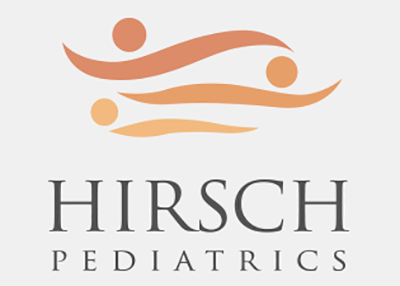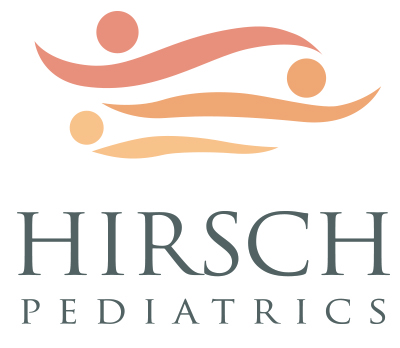Please Note: These guidelines are only for children who are fully vaccinated with no chronic medical illnesses.
These guidelines provide general guidance and should not be used as a substitute for the individual advice provided over the phone or at an appointment. If you have any significant or ongoing concerns, please call the office. Please contact Hirsch Pediatrics or go to the ER if your child is under 2 months old and has a fever (rectal temperature of 100.4 Fahrenheit or 38 Celsius).
These guidelines are written for patients of Hirsch Pediatrics and may not be copied or used without the written permission of Dr. Hirsch.
> Allergies
> Benadryl Dosing and Food Allergy First Aid
> Asthma and Wheezing
> Colds, Coughs, and Congestion
> Constipation
> Fever Management and Medication Dosing Instructions
> Head Injury for Infants and Toddlers
> Pink Eye (Conjunctivitis)
> Summer Tips: Insect Repellent
> Summer Tips: Sunscreen and Water Safety
> Tick Bites and Lyme Disease
> Traveling with a Child
> Vomiting

